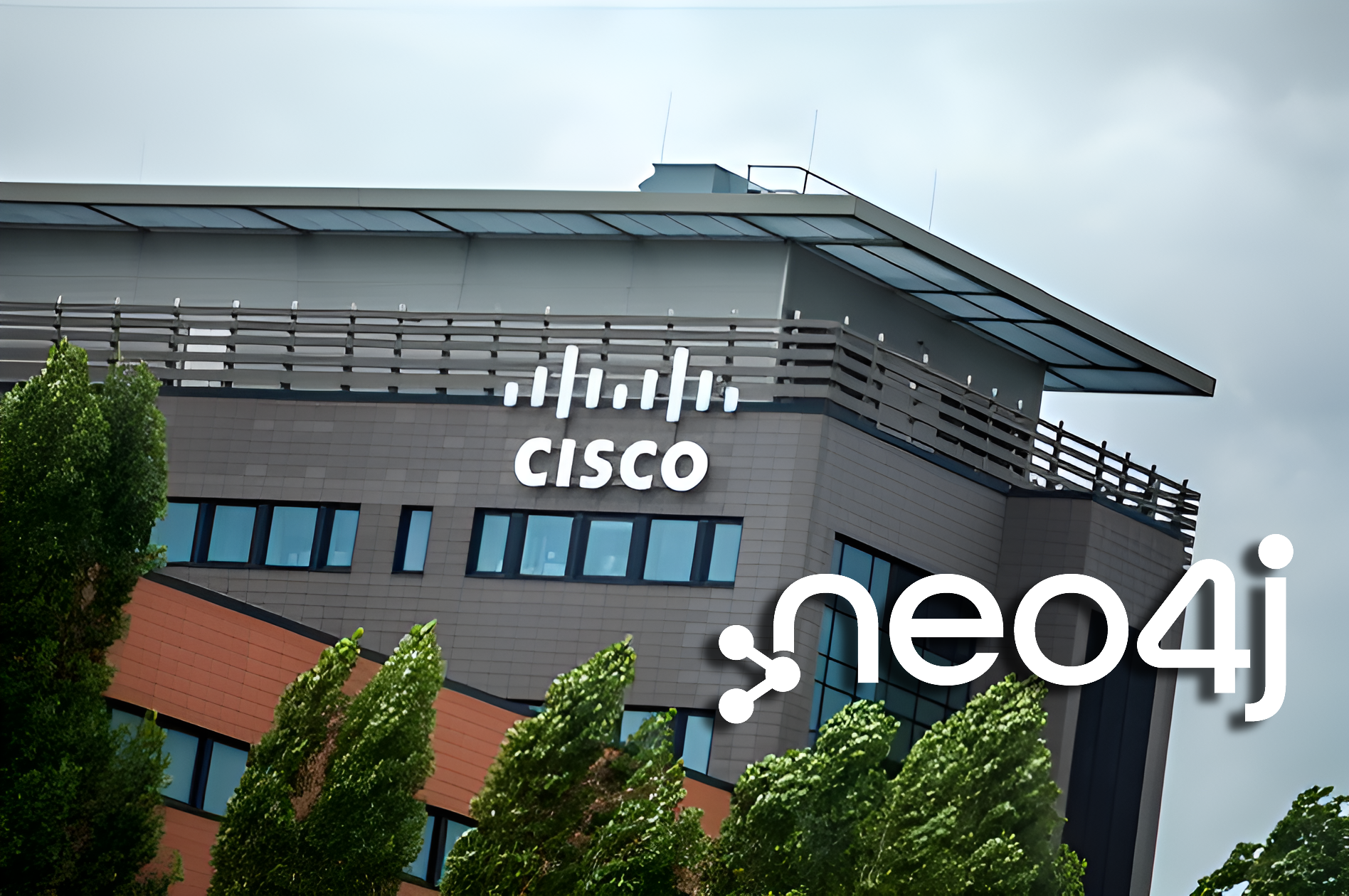The Challenge: Solving the Content Findability Crisis
In the fast-paced world of sales, time is money. Cisco, a global leader in networking technology, faced a significant challenge: the overwhelming volume of documents—from presentations and reports to proposals and contracts—stored within its internal database. These documents were crucial for Cisco’s sales teams, helping them engage with potential customers and close deals.
However, the sheer volume of content created a major hurdle. Salespeople were spending up to one hour a day just searching for the right documents. The traditional index-driven search engine was inefficient, relying on simple keyword searches. Without metadata to organize the files, it was nearly impossible to find the most relevant content quickly.
"The problem wasn’t just having too much content—it was a lack of understanding of that content,” says Prem Malhotra, Director of Cisco Content Services. “We needed a solution that could improve our search engine’s performance and make content more accessible to our team."
The Solution: Real-Time Graph Analysis with Neo4j
To solve this problem, Cisco turned to Neo4j, the world’s leading graph database. Neo4j’s advanced capabilities helped Cisco transform its content management system and significantly improve the way sales teams interacted with historical documents.
The first step was to assign metadata to the vast collection of documents. Cisco’s team used a process called Latent Dirichlet Allocation (LDA) to convert different file types, like Microsoft Word and PDFs, into a structured format that could be clustered for easier processing.
Once the documents were clustered, Neo4j was integrated to help tag documents with relevant keywords and phrases. This process created an ontology—a structured map of relationships between various content topics and themes—providing a deeper understanding of each document’s relevance.
For real-time document processing, Cisco set up an efficient workflow where documents are sent from the content management system to a machine tagging service. This service automatically processes each document, assigning tags and updating the Neo4j database with keywords before returning the document to the repository.
The Impact: Saving Over 4 Million Employee Hours
By adding metadata to historical documents and ensuring this process happens in real-time, Cisco solved its content findability issue. But Neo4j didn’t stop there.
With the addition of content ratings and tracking document access frequency, Neo4j began providing personalized content recommendations to the sales team. This allowed Cisco’s salespeople to access not only the documents most relevant to their current deals but also suggested materials they may not have found on their own.
As a result, Cisco’s sales team was able to make smarter, quicker decisions, helping them close deals faster and reduce time spent searching for content. Over 4 million employee hours were saved thanks to this efficient, real-time document processing system.





















Discussion